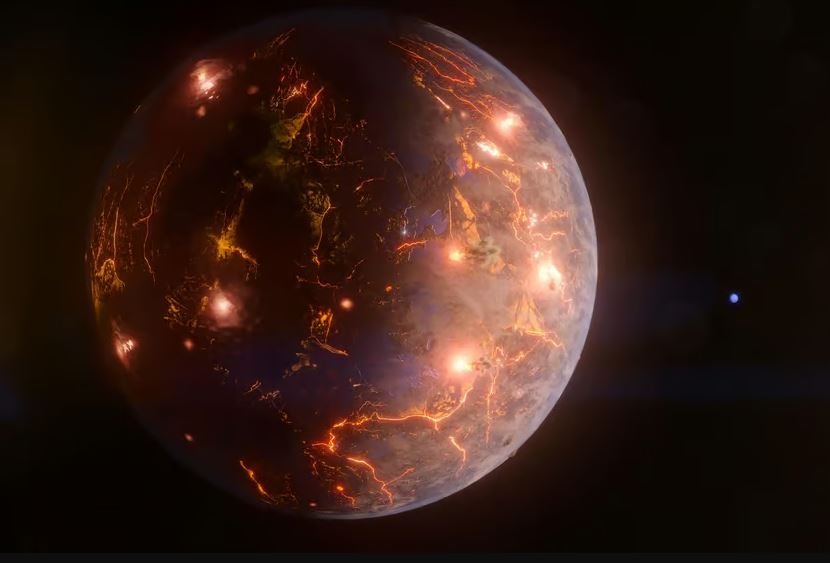In a new study published in the science journal Nature, researchers say they have discovered a planet similar in size to Earth and perhaps capable of providing the perfect atmosphere for life. The exoplanet LP 791-18 d is located about 90 light-years from Earth. It orbits a red dwarf star in the southern region of the crater constellation.
The exoplanet is slightly larger and heavier than Earth, but it is the third planet in this star system; the other two are LP 791-18 b and LP 791-18 c — ‘b’ is about 20% larger than Earth and is the innermost of the three. According to scientists, exoplanet ‘d’ is about 2.5 times wider and seven times heavier than Earth.
The observation was carried out with data from the United States National Aeronautics and Space Administration’s (NASA) Transiting Exoplanet Survey Satellite (TESS) space mission. Based on the calculations, the scientists detected volcanic activity, suggesting that the exoplanet could support an atmosphere, dense water and life.
“LP 791-18 d is tidally locked, so the same side is constantly facing its star. The day side will likely be too hot to have liquid water on the surface. However, the amount of volcanic activity we suspect is occurring on the planet may continue. Professor of astronomy at the University of Montreal Exoplanet Research Institute and an atmosphere that can allow water to condense on the night side,” said Björn Benneke, one of the study’s authors.
Habitable exoplanet 90 light-years from planet Earth
As the scientists explain, the LP 791-18 d is a close one. The Goldilocks zone is the term for an area considered habitable. Since the region is neither too cold nor too hot, these features suggest the possibility of liquid water on planets in this region.
Planet ‘d’ causes minor deformations as it receives a gravitational pull at each close pass of the more massive planet. The research team explains that these deformations can cause internal friction in the planet’s core and produce volcanic activity.
Either way, scientists argue that the exoplanet is not the best candidate to support life as we know it. However, the study provides more information to help them search for a region of space that supports life, which we may or may not know.
“This discovery is just a first step. With the potential to continue studying this planet with the James Webb Space Telescope, we will be able to fine-tune our observations and learn more about the planet’s possible volcanic atmosphere. Future discoveries will help us understand how components of life may have reached worlds beyond us.” said.
Did you think? It would be a total discovery! Follow here for more science news Technology World. Entertainment!
Source: Tec Mundo
I’m Blaine Morgan, an experienced journalist and writer with over 8 years of experience in the tech industry. My expertise lies in writing about technology news and trends, covering everything from cutting-edge gadgets to emerging software developments. I’ve written for several leading publications including Gadget Onus where I am an author.













